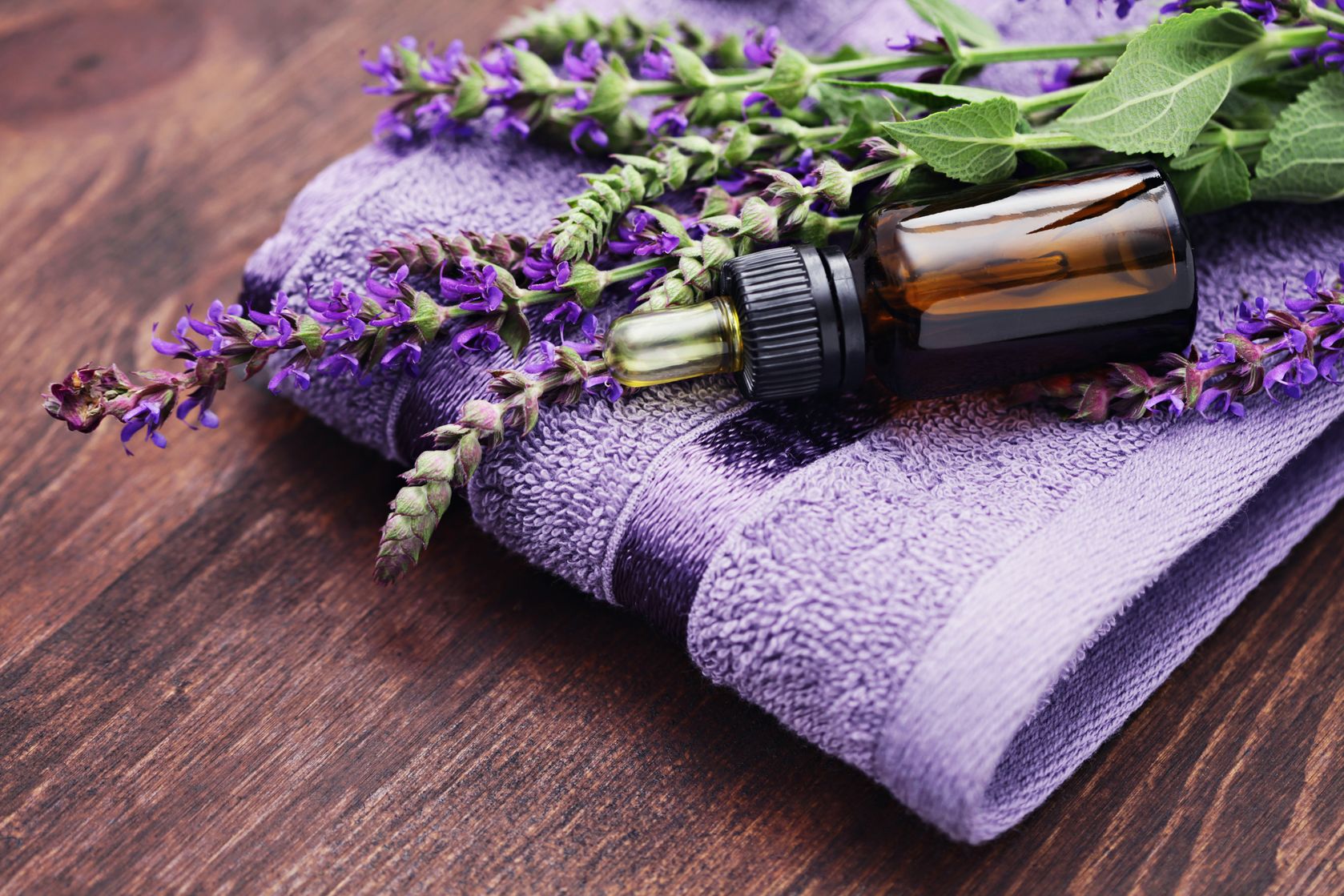The traditional Indian medical system, Ayurveda, takes a holistic approach to health. As such, it views the state of our hair and scalp as a reflection of our overall well-being and considers the impact of many factors—from age, diet, and hormones to seasonal changes and climates—on hair growth and hair loss. Trauma, stress, and anxiety are likewise taken into account because they reduce blood flow to the scalp, depriving it of the oxygen and nutrients required for healthy hair. Thus, Ayurvedic haircare goes far beyond the application of beauty products.
In addition to emphasizing the importance of a healthy diet and lifestyle, Ayurveda recommends weekly scalp massage as one of the most beneficial treatments for maintaining beautiful hair and alleviating or reducing the symptoms of common hair and scalp problems, like dandruff, scalp psoriasis, premature graying, and baldness. Scalp massage has multiple benefits like increasing the oxygen supply to the brain. It improves circulation of cerebrospinal fluid, the life-giving sap that stimulates brain development, while relaxing the nerves and muscles, reducing fatigue, and loosening the scalp.
For dry and sensitive skin:Massage 1 teaspoon warm sesame, olive, coconut, or jojoba oil into scalp for 10 minutes. Wrap head in hot towel and leave on for 5–10 minutes. Perform this massage at least once a week for dry scalp or dandruff. The best time to do the massage is early morning or before bed; avoid doing it right after a meal when the blood supply is needed for digestion.
For oily skin: With head hanging down, dry brush hair 50 times from roots to end to spread natural oils.
You can also use classical Ayurvedic infused herbal oils like bhringraj, neelibhringadi, mahabhringraj, and brahmi-amla oils. To derive the full benefit of these hair treatments, be sure to buy only high-quality Ayurvedic oils. Buy Infused oils
Adding dosha-specific essential oils to the massage can strengthen and revitalize the hair and scalp while encouraging hair growth. Add 2 or 3 drops of the suggested oils to a weekly scalp massage.
Vata dosha –Someone who is creative, tends to worry, and brims over with energy. Best essential oils: patchouli, basil, lavender, sage.
Pitta dosha –A person who likes challenges, tends toward anger, and should never skip meals. Best essential oils:ylang-ylang, lavender, rose, sandalwood.
Kapha dosha –A detail-oriented, thoughtful individual who is resistant to change. Best essential oils:eucalyptus, lemon, peppermint, rosemary. Buy Essential oils
Herbal support can also be beneficial. Fenugreek is an Ayurvedic herb that is thought to promote hair growth by increasing the dilation of the blood vessels of the scalp. It also has a unique mixture of constituents that contribute to healthy, shining hair and a well-nourished scalp. Soak 1 teaspoon of fenugreek seeds in hot water for 10 minutes and drink daily. Indian gooseberry (a.k.a. amla)is known to increase hair growth and enrich hair pigmentation. Washing with a decoction of the herb or applying an amla hair pack can help strengthen the root of the hair and maintain hair color. Eating the fruit of the herb can also enhance hair condition. For dandruff and skin lesions use neemfor its antiviral, antifungal, anti-dandruff and antibacterial properties.
Aloe vera is another excellent option for haircare. Its potent anti-inflammatory properties help prevent hair loss and are beneficial in cases of alopecia. The aloe vera hair pack detailed below is highly effective in stimulating hair growth and calming an irritated scalp.
Instructions:
With a sharp knife or gardening scissors cut a fresh aloe vera stem.
Use a knife to slowly slice open the aloe vera stem so that its interior is exposed.
Scrape off the gel (I usually don’t mind having some of the green stem mixed in the gel, so don’t stress if you are not scraping it perfectly—it’s all about using as much of the plant as possible.)
First brush, then wet your hair. Apply the fresh gel on your scalp and slowly massage it in. Then apply the rest of the aloe gel on your hair and comb through it with your fingers to make sure it’s covering all parts of the hair.
Leave on for about 10 minutes and rinse off.
Note:Remember some basic general guidelines for maintaining healthy hair—avoid using very hot or very cold water to wash hair, remove any barrettes or hair ties before going to bed, and avoid synthetic chemical products and hair dyes as much as possible.
Disclaimer
The sole purpose of these articles is to provide information about the tradition of Ayurveda. This information is not intended for use in the diagnosis, treatment, cure, or prevention of any disease.





